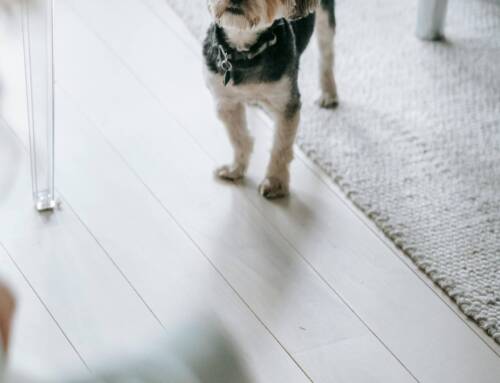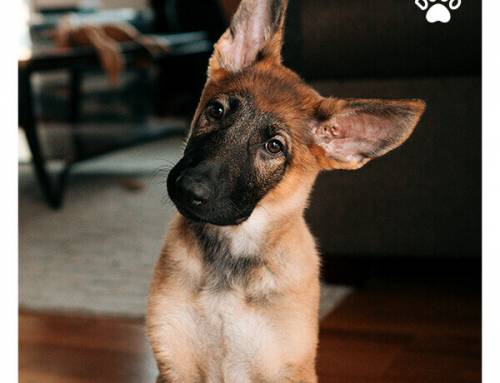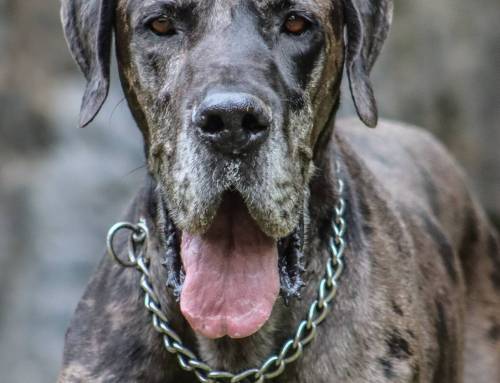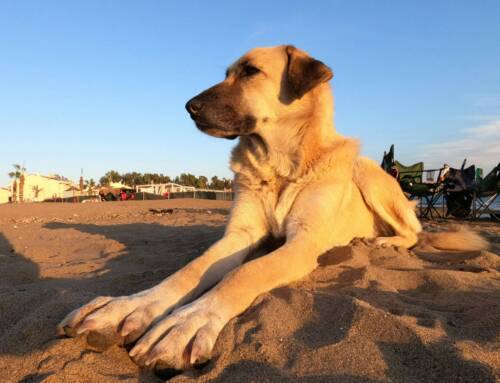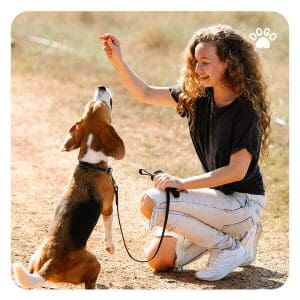
It’s important to keep in mind that every dog is different, and some may learn new skills faster than others. Therefore, it’s essential to pace your training based on your dog’s learning ability. If your dog is finding it tough to learn a new skill, it’s better to stick to the old ones and go over them again. However, if your dog is learning at a faster pace, you can gradually increase the number of new skills per session. This will help your dog learn new things while also keeping the learning process enjoyable and engaging.
You can also read this article in Dogo App.
You will notice that often tricks that you have done before keep reappearing on the “Today’s session” in Dogo. Dogo’s training is based on the concept – “Repetition is the key”. During your daily workout, you will repeat 3-4 already known exercises and learn a new one. It is important that you start and finish the training with something that your dog knows very well, so they get excited about the learning process and finish exercising on a good note.
Repetition can be a powerful tool in dog training, but it’s essential to keep the training sessions short and engaging. You don’t want your dog to get bored and lose interest in the learning process. Try to mix up the training by using different rewards, such as treats, toys, or verbal praise, to keep your dog engaged and motivated. Additionally, it’s crucial to vary the training location and environment to help your dog generalize the learned skills. For instance, if you usually train your dog indoors, try taking them outside to practice the learned skills. This will expose your dog to different distractions and help them learn to perform the skills in various environments.
Positive reinforcement is an effective training method that involves rewarding your dog for good behavior, rather than punishing them for bad behavior. This creates a positive association with the training process and helps your dog enjoy the learning process. Remember to keep the training sessions short and fun, so your dog doesn’t feel overwhelmed or stressed. Also, be patient with your dog, as learning new skills can take time. If you find that your dog is struggling to learn a new skill, take a break and come back to it later. Above all, remember to have fun with your dog during the training process and celebrate their successes along the way.
The learning process has to be pleasurable for both of you!
Create a Personalized Training Plan for your Dog


